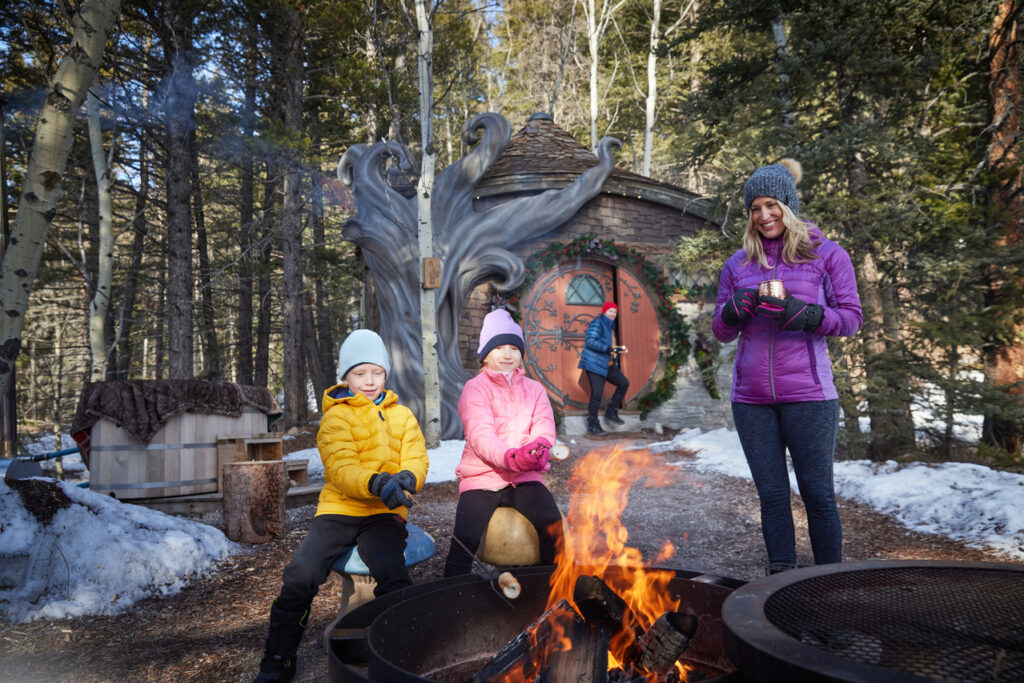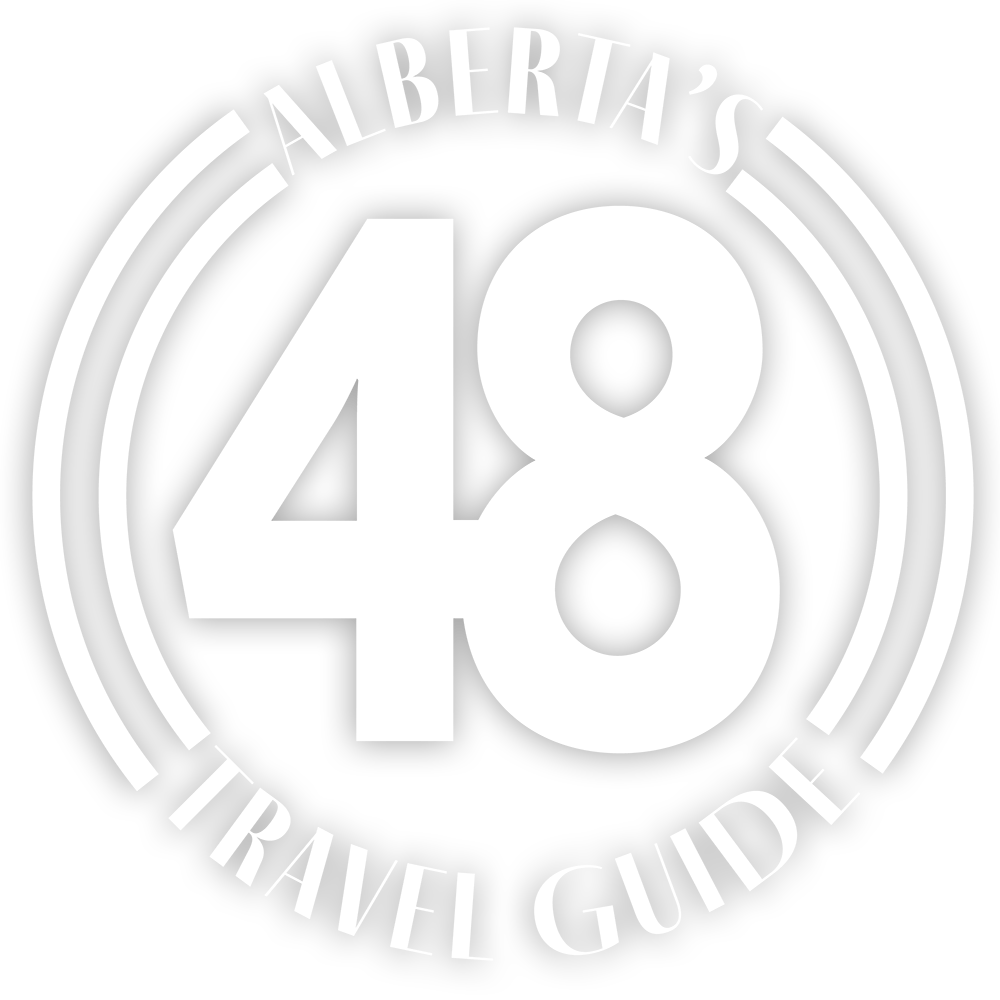Your Guide to Staying Prepared on the Go

When traveling with your family, safety is paramount. Whether you’re hitting the road for a weekend getaway or embarking on an international adventure, having a well-prepared safety kit can provide peace of mind and help you handle emergencies efficiently. Here’s a comprehensive guide to building the ideal safety kit for both your car and personal carry, along with some tips to ensure you’re always ready for the unexpected.
The Ideal Safety Kit
1. Premade Kits: Fast and Convenient Premade safety kits are readily available and offer a quick solution for those who prefer convenience. They are usually well-stocked with essential items, making them a great option for those who don’t have time to assemble their own kits.
2. Pack Yourself: Customization is Key While premade kits are convenient, packing your own safety kit allows you to customize it to better meet your family’s specific needs. This ensures you have all the necessary items tailored to your preferences and potential medical conditions.
3. Trade-Off: Size/Weight vs. Comprehensiveness When packing your kit, consider the trade-off between size/weight and comprehensiveness. For a car kit, you can afford to be more inclusive with a larger kit. For a personal carry kit, aim to balance essential items with portability.
4. Start with Your Medicine Cabinet Begin assembling your kit with items you already have in your medicine cabinet. Basic first aid supplies like band-aids, antiseptic wipes, pain relievers, and any personal medications should be the foundation of your kit.
5. Buy Travel-Sized Everything To keep your kit compact and lightweight, purchase travel-sized versions of items. This includes things like hand sanitizer, sunscreen, insect repellent, and even toiletries. Travel-sized items are easier to pack and won’t weigh you down.
6. Review and Update Annually Make it a habit to review and update your safety kit once a year. Check expiration dates on medications, replenish any used items, and ensure everything is in good working condition.
Additional Items to Consider
For Your Car:
- Jumper Cables: Essential for dealing with a dead battery.
- Flashlight and Extra Batteries: Crucial for nighttime emergencies.
- Blankets: Useful for warmth in case of a breakdown in cold weather.
- Water and Non-Perishable Snacks: To keep you hydrated and energized.
- Reflective Triangles or Flares: For visibility if you’re stranded on the road.
For Personal Carry:
- Multi-Tool: A versatile tool can handle a variety of minor repairs.
- Emergency Contact Information: Include a list of emergency contacts and any medical information.
- Portable Charger: To keep your phone charged and ready in case of emergencies.
- Small First Aid Kit: Compact but stocked with essentials like bandages, antiseptic, tweezers, and gauze.
Tips for First-Time Travellers
1. Research Your Destination: Before you go, research the area to understand what specific safety items you might need. For instance, a trip to the mountains might require additional cold-weather gear.
2. Keep Kits Accessible: Ensure your safety kits are easily accessible. In your car, store the kit in the trunk or under a seat. For personal carry, use a backpack or travel bag that you can easily grab in a hurry.
3. Practice Using Your Kit: Familiarize yourself with the contents of your kit and how to use them. This preparation can be crucial in an actual emergency.
4. Communicate with Family Members: Make sure everyone in the family knows where the safety kits are located and how to use the items inside. This ensures that even if you’re not around, someone else can handle an emergency.
By following these guidelines, you can ensure that your family is well-prepared for any travel situation. Remember, a well-stocked safety kit is a small investment that can make a big difference in ensuring your family’s safety and peace of mind during your travels.
The Alberta government has a comprehensive safety guide, with even more suggestions for building safety kits.


